You’ve splurged on those fancy spices that professional chefs swear by, only to discover they’ve lost their punch months later. Not all spices are created equal when it comes to shelf life, and unfortunately, some of the priciest options fade the fastest. Understanding which gourmet spices lose their magic quickly can help you make smarter purchasing decisions and storage choices.
1. Saffron
The world’s most expensive spice comes with a hidden cost beyond its jaw-dropping price tag. Those delicate crimson threads—harvested by hand from crocus flowers—begin losing their potent flavor and aroma almost immediately after packaging.
Most culinary experts agree that saffron’s complex honey-like notes and distinctive color-giving properties diminish significantly after just six months, even in ideal storage conditions. The precious compounds that give saffron its magic are extremely sensitive to light, air, and humidity.
Fun fact: It takes approximately 75,000 crocus flowers to produce just one pound of saffron, which explains the astronomical price of up to $5,000 per pound. Store yours in an airtight glass container in a cool, dark cabinet—never near your stove or in transparent containers where light can accelerate degradation.
2. Dried Basil
Opening a new container of dried basil releases a burst of sweet, herbal fragrance that promises to transform your pasta sauces and Mediterranean dishes. Sadly, this aromatic experience is fleeting. Unlike its hardy cousins like oregano or thyme, dried basil loses its essential oils rapidly.
The delicate leaf structure of basil doesn’t preserve well in dried form. After just 3-4 months, what was once vibrant and aromatic becomes little more than green flakes with minimal flavor contribution to your culinary creations.
The solution? Consider freezing fresh basil in olive oil ice cubes for longer-lasting flavor, or grow a small basil plant on your windowsill. When you must use dried, purchase it in tiny quantities from stores with high turnover, and always crush the leaves between your fingers just before adding to release what oils remain.
3. Dried Chives
Those feathery green sprinkles promising subtle onion flavor might be one of the worst investments in your spice cabinet. Dried chives begin losing their delicate flavor profile almost immediately after processing. Within weeks of opening the container, those vibrant green flakes offer little more than color to your dishes.
The volatile compounds responsible for chives’ characteristic taste are extremely unstable once the herb is dried. Many culinary experts actually recommend avoiding dried chives altogether, considering them a waste of money regardless of quality or price point.
For the freshest flavor, grow chives in a small pot on your windowsill—they’re surprisingly hardy and will provide fresh cuttings year-round. If you must use dried, store them in the freezer and use them within a month of opening for any hope of flavor contribution to your culinary creations.
4. Turmeric
The vibrant yellow powder that’s become a health food darling hides a disappointing secret. High-quality turmeric, especially organic or wild-harvested varieties that command premium prices, begins losing its potency almost immediately after grinding. The curcumin compounds responsible for both its color and anti-inflammatory properties are extremely sensitive to light and oxygen.
After six months on your shelf, that expensive golden powder has likely lost up to 60% of its beneficial properties. The telltale sign? Fading from bright sunshine yellow to a dull mustard color indicates diminishing quality.
To maximize your investment, purchase turmeric from retailers with high turnover and store it in opaque, airtight containers away from heat sources. Consider buying smaller quantities more frequently, or even investing in fresh turmeric root which can be frozen and grated as needed for maximum potency.
5. Ground Black Pepper
That tin of premium Tellicherry or Kampot pepper might have cost a small fortune, but its complex flavor begins disappearing almost immediately after grinding. The volatile oils responsible for pepper’s characteristic heat and complexity evaporate rapidly when exposed to air.
Experts estimate that ground pepper loses up to 80% of its flavor within just one month of grinding. This rapid deterioration affects even the most expensive varieties, turning what was once a symphony of sharp, fruity, and floral notes into a flat, one-dimensional dust.
The solution is simple but requires a small investment: purchase whole peppercorns and a quality pepper mill. Grinding just what you need for each dish ensures maximum flavor impact. For the freshest experience, toast whole peppercorns lightly before grinding to release their aromatic oils—a technique that makes even average peppercorns taste like premium varieties.
6. Smoked Paprika
The complex, smoky richness of premium Hungarian or Spanish paprika comes with a heartbreakingly short lifespan. Those distinctive campfire notes that add depth to your favorite dishes begin dissipating within weeks of opening the container. The smoking process creates delicate flavor compounds that are particularly vulnerable to oxygen exposure.
Premium paprika varieties can cost upwards of $8 per ounce, making their rapid decline especially painful for culinary enthusiasts. Even stored properly, most paprika varieties lose their distinctive character within 3-6 months, leaving behind only a shadow of their former glory and a flat, slightly bitter taste.
For optimal flavor preservation, store paprika in the refrigerator in an airtight, opaque container. Consider vacuum-sealed containers designed specifically for spice storage, and always purchase from retailers with high turnover to ensure you’re starting with the freshest product possible.
7. Ground Nutmeg
The warm, sweet aroma of freshly ground nutmeg can transform desserts and savory dishes alike. Unfortunately, this magical quality begins disappearing almost immediately after the seed is processed. The essential oils that give nutmeg its characteristic warmth are highly volatile, evaporating quickly once the protective shell is broken.
Premium nutmeg can cost upwards of $30 per pound, making its rapid decline particularly painful for baking enthusiasts. After just one month in ground form, nutmeg loses approximately 40% of its flavor compounds, continuing to degrade until it becomes little more than aromatic sawdust.
The solution is straightforward: invest in whole nutmeg seeds and a small grater or microplane. Whole nutmegs keep their flavor locked inside for years, while taking just seconds to grate fresh when needed. The difference in flavor between freshly grated and pre-ground nutmeg is so dramatic that most professional bakers consider pre-ground versions entirely different ingredients.
8. Ground Cardamom
The queen of spices commands a royal price—up to $30 per pound for premium green cardamom—but her reign in ground form is tragically brief. Those complex floral, citrusy, and slightly minty notes that make cardamom essential in Nordic pastries and Indian cuisine start disappearing almost immediately after grinding.
The culprit is cardamom’s high concentration of volatile essential oils, which begin evaporating the moment the protective pod is cracked open. After just two weeks in ground form, cardamom loses approximately 50% of its aromatic compounds, leaving behind a pale shadow of its former glory.
Professional bakers and chefs universally recommend purchasing whole cardamom pods and grinding the seeds as needed. For maximum flavor extraction, lightly toast the pods before cracking them open to release the tiny black seeds inside. This simple extra step awakens the essential oils, resulting in dramatically more flavorful dishes even with older cardamom.
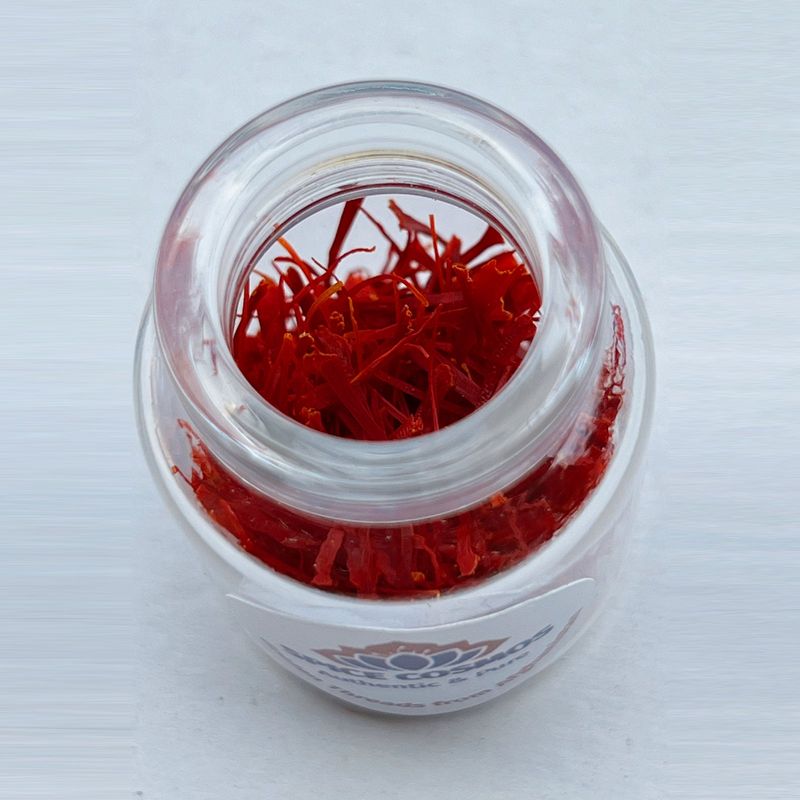
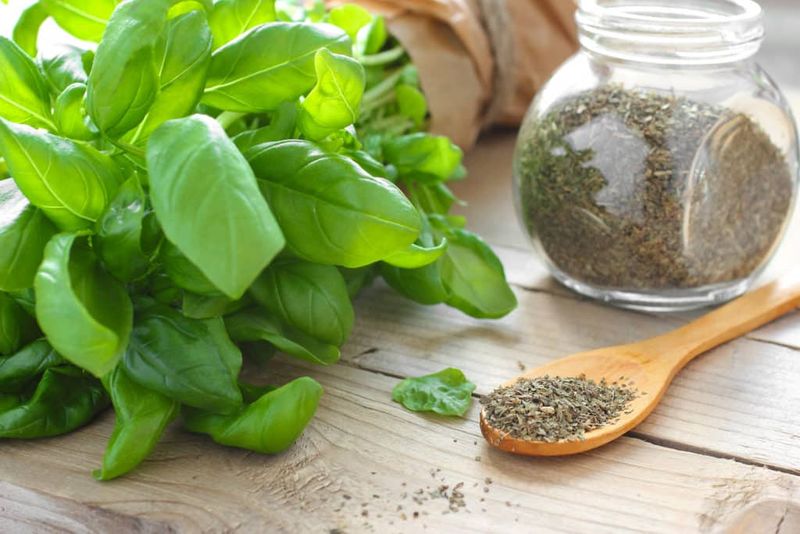
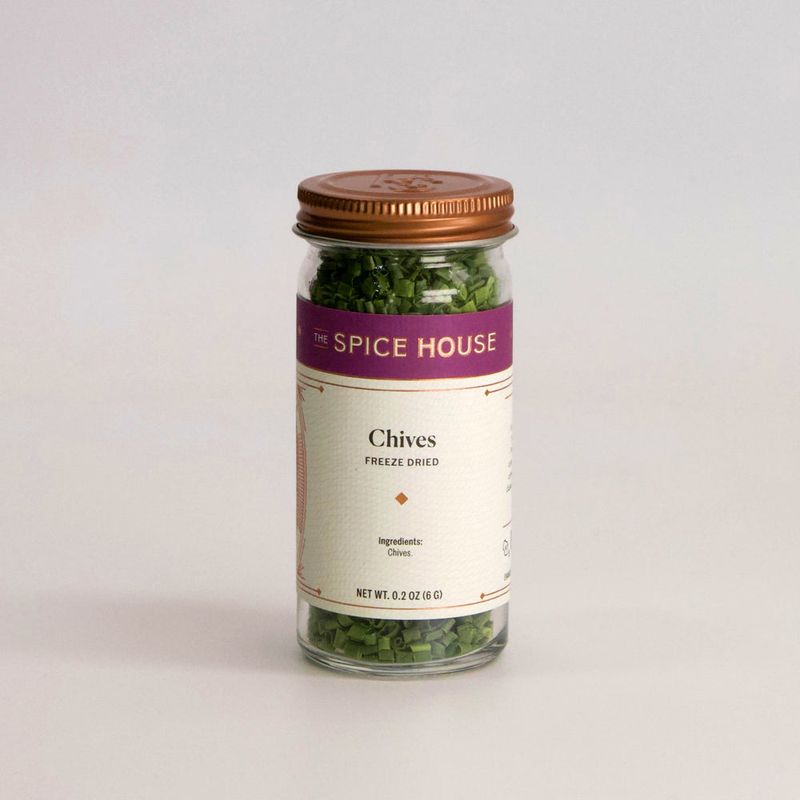
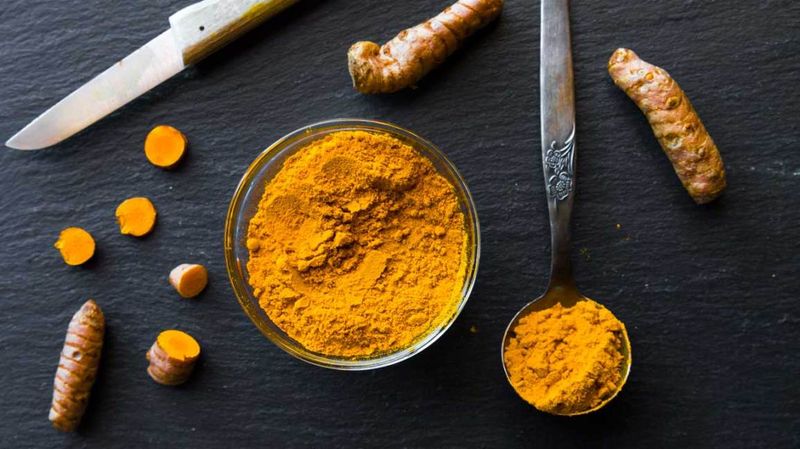
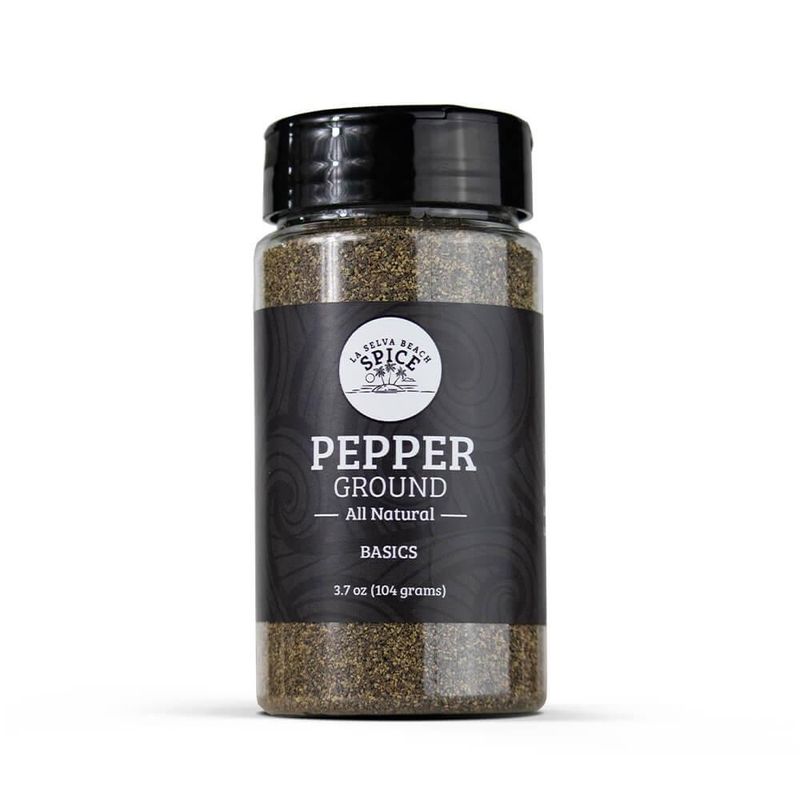
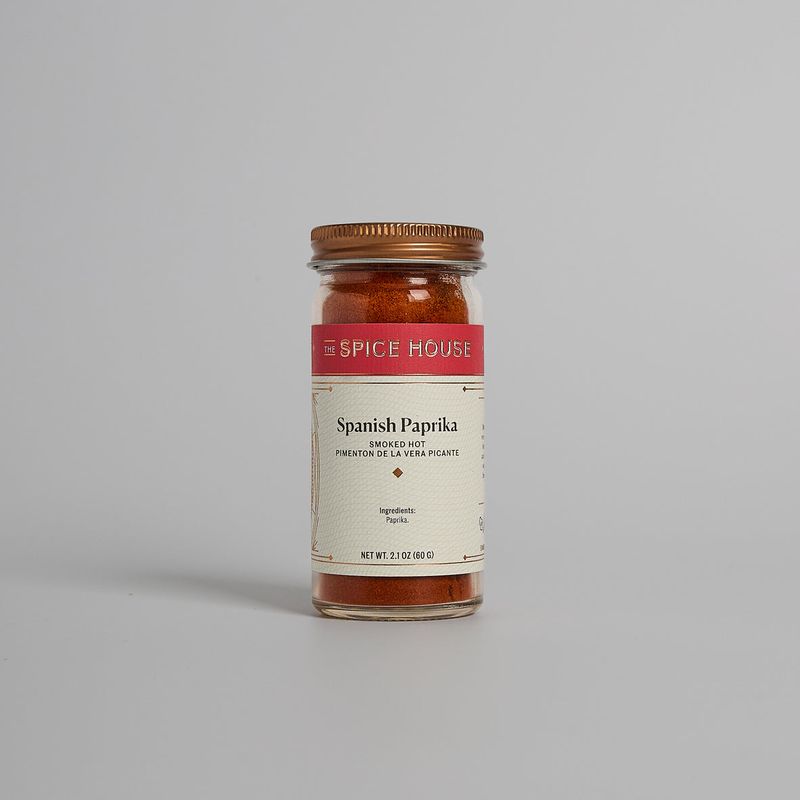
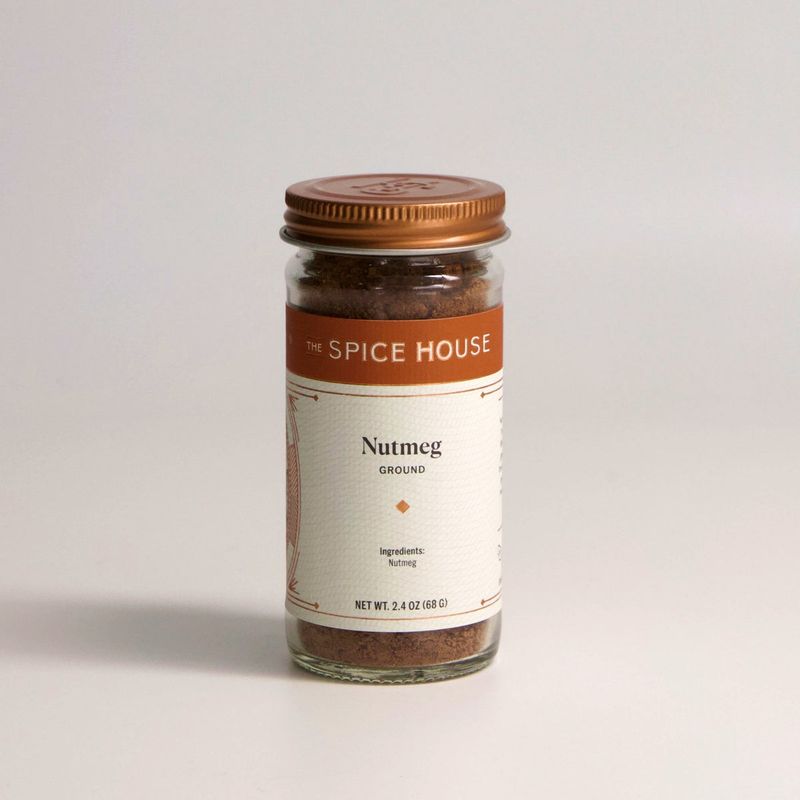
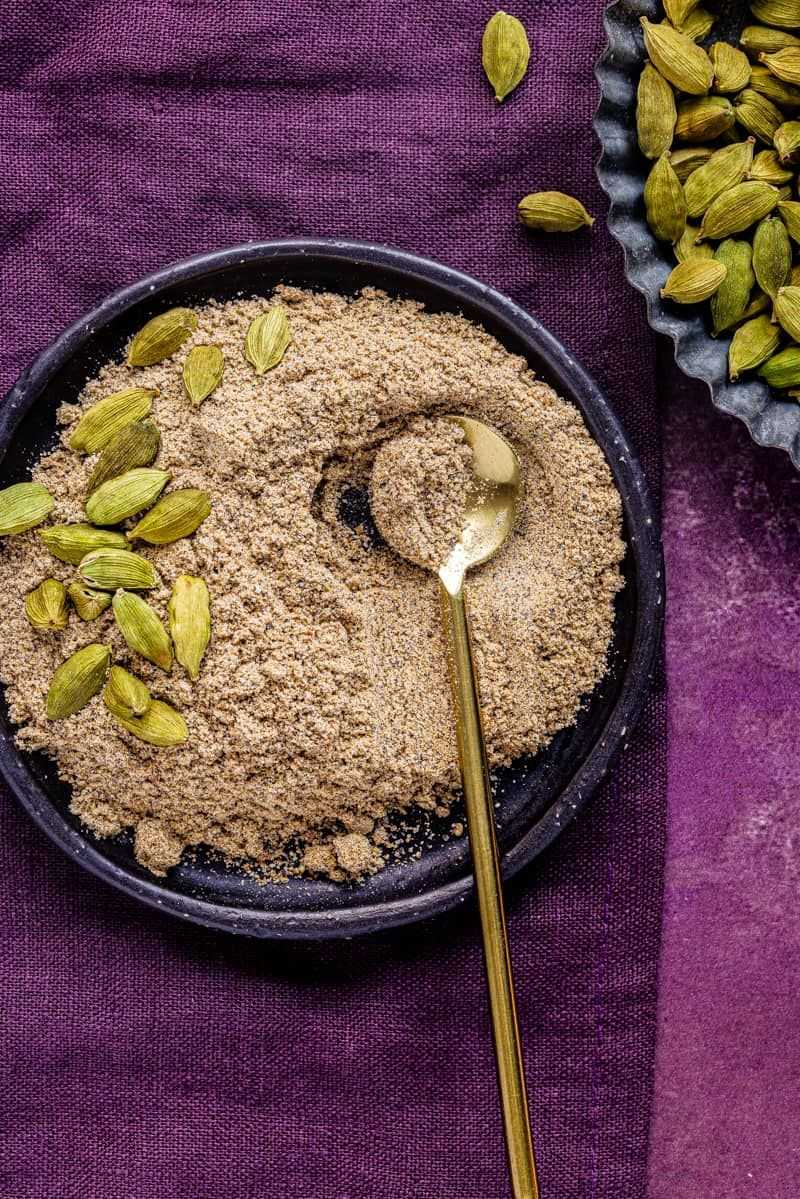
Leave a comment